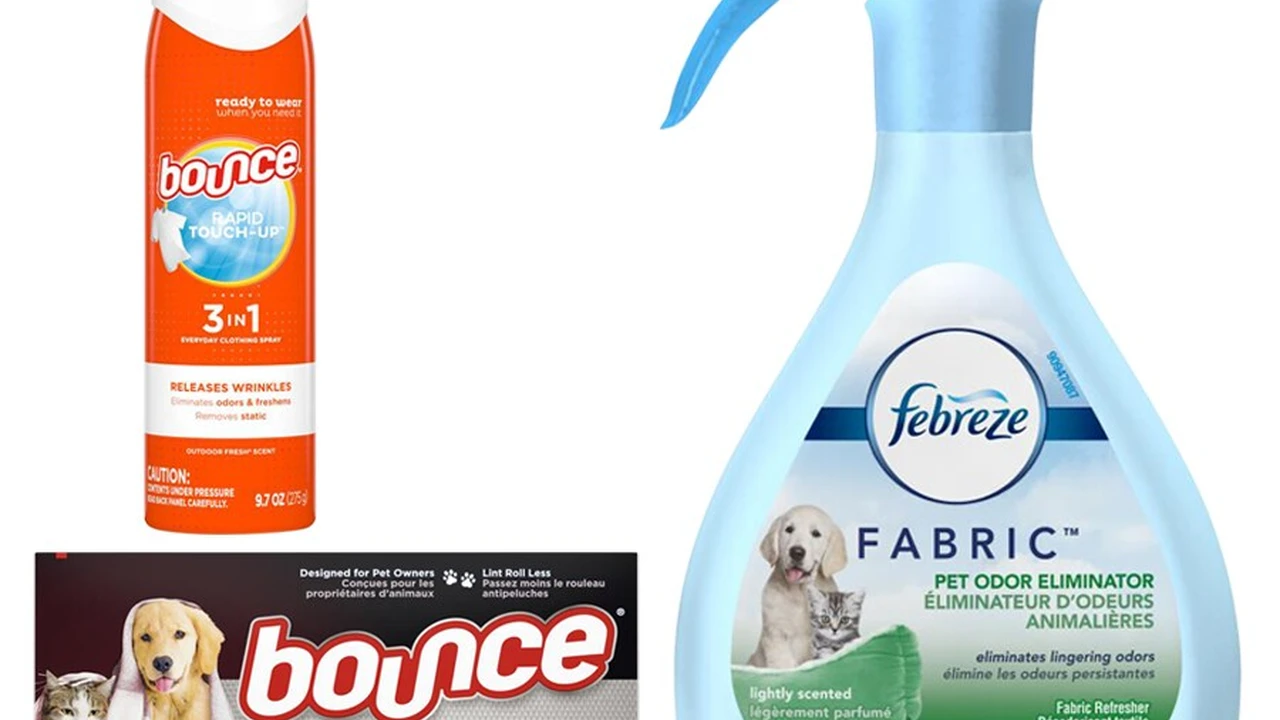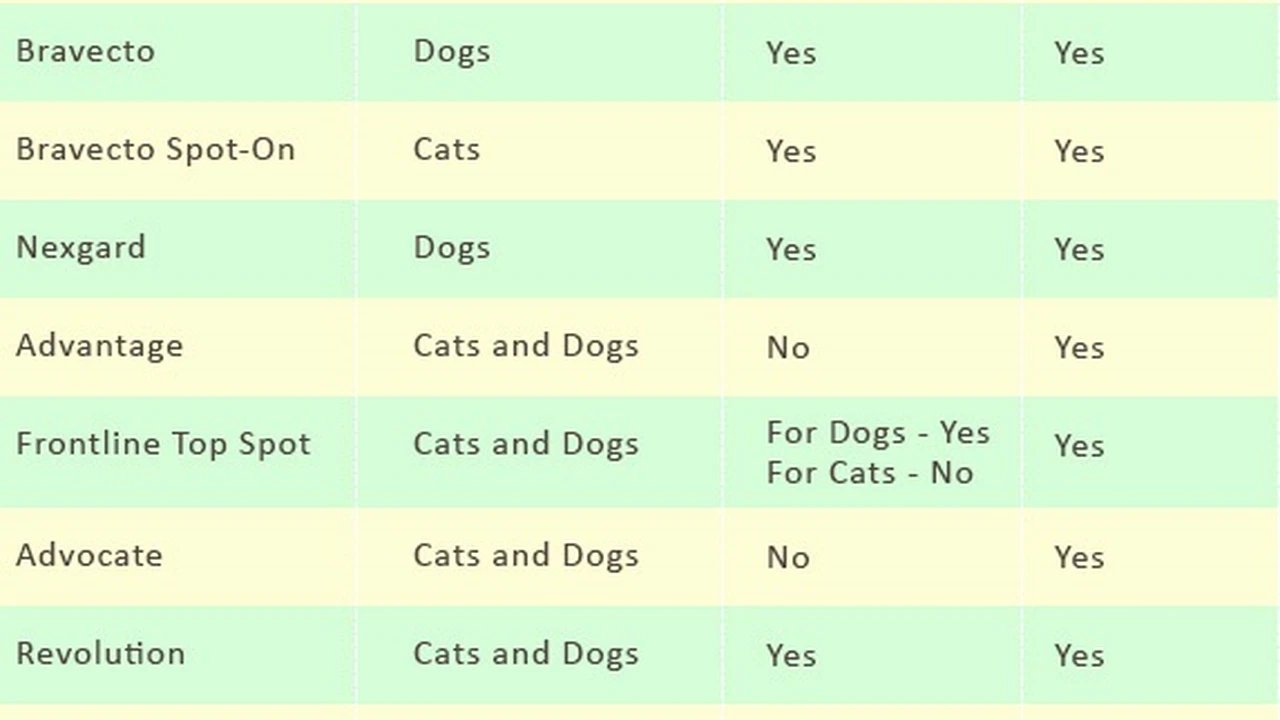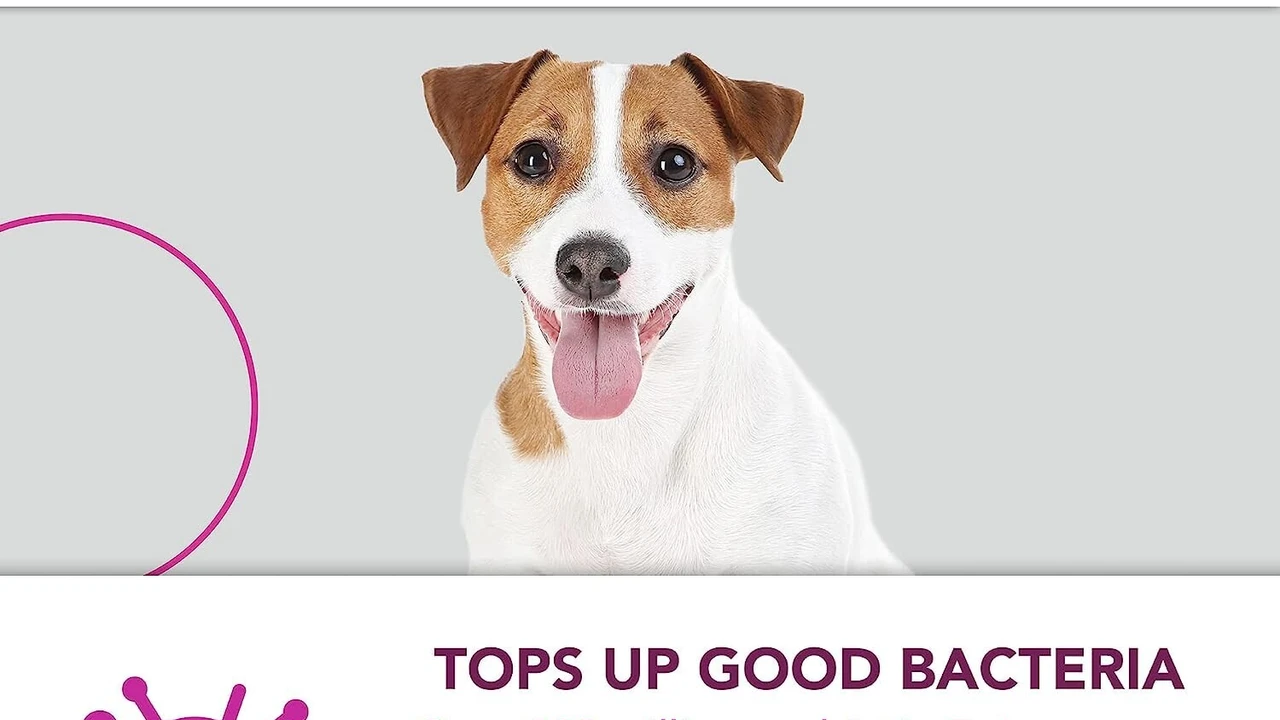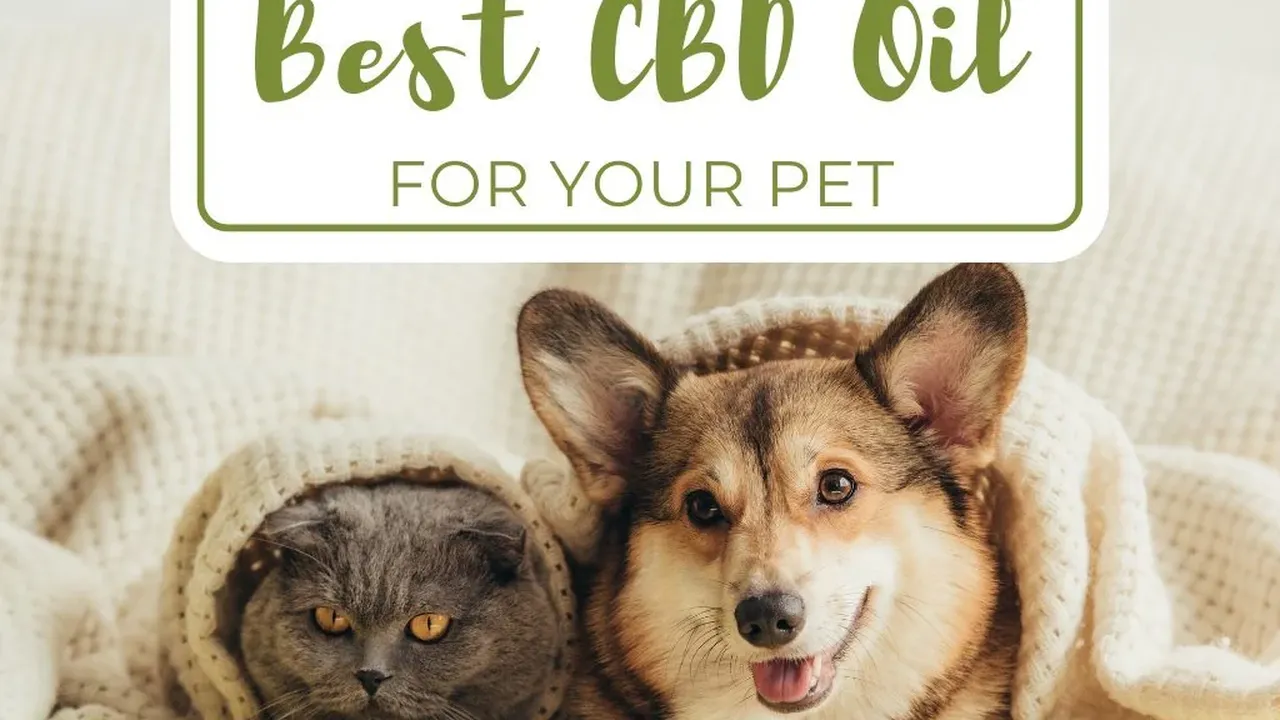Comparing Pet Odor Eliminators for Home
Keep your home fresh during holiday pet visits with our review of top odor eliminators.

Keep your home fresh during holiday pet visits with our review of top odor eliminators. The holiday season is a time for joy, family, and often, a house full of guests. For pet owners, this also means managing pet odors, which can become more noticeable with increased foot traffic and less ventilation. Whether it's the lingering scent of a wet dog, a cat litter box that's working overtime, or an unexpected accident, pet odors can quickly turn a festive atmosphere sour. But fear not! There's a vast array of pet odor eliminators on the market designed to tackle these challenges head-on. This comprehensive guide will delve into the world of pet odor elimination, comparing various products, their uses, and what makes them effective, ensuring your home smells fresh and inviting throughout the holidays and beyond.
Understanding Pet Odors The Science Behind the Smell
Before we dive into solutions, it's helpful to understand what causes pet odors. Pet odors are primarily caused by bacteria breaking down organic matter like urine, feces, dander, and saliva. These bacteria produce volatile organic compounds (VOCs) that our noses perceive as unpleasant smells. Different pets produce different types of odors. For instance, cat urine contains highly concentrated urea and felinine, which, when broken down by bacteria, produce strong ammonia-like smells and mercaptans, leading to that distinct, pungent odor. Dog odors often stem from sebaceous glands in their skin, which produce oils that can harbor bacteria and yeast, especially when wet. Understanding the source helps in choosing the most effective eliminator.Types of Pet Odor Eliminators Choosing Your Weapon
Pet odor eliminators come in various forms, each with its own mechanism of action and ideal use case. Let's explore the main categories:Enzymatic Cleaners The Biological Solution for Pet Stains and Odors
Enzymatic cleaners are often considered the gold standard for pet odor and stain removal, especially for organic messes like urine, feces, and vomit. They contain beneficial bacteria that produce enzymes. These enzymes break down the odor-causing organic matter into smaller, odorless compounds like carbon dioxide and water. This process doesn't just mask the smell; it eliminates the source.When to Use Enzymatic Cleaners for Pet Messes
Enzymatic cleaners are best for fresh or old organic stains on porous surfaces like carpets, upholstery, mattresses, and even hardwood floors (though always test in an inconspicuous area first). They are particularly effective for urine odors because they break down uric acid crystals, which are notoriously difficult to remove with conventional cleaners.Recommended Enzymatic Cleaner Products and Their Features
- Rocco & Roxie Supply Co Professional Strength Stain & Odor Eliminator: This product is consistently highly rated. It's certified safe for pets and children, and its powerful enzymatic formula works on a variety of surfaces. Users praise its ability to remove even old, set-in odors and stains. A 32 oz bottle typically costs around $20-$25. It's great for carpets, rugs, upholstery, and even concrete.
- Nature's Miracle Advanced Stain & Odor Eliminator: A long-standing favorite in the pet community, Nature's Miracle offers a range of enzymatic formulas. The Advanced version is particularly potent, designed to tackle the toughest odors and stains. It often has a light, fresh scent that dissipates as it dries. A 32 oz bottle usually retails for $15-$20. Ideal for general pet accidents on various surfaces.
- Angry Orange Pet Odor Eliminator: While not purely enzymatic, Angry Orange uses a powerful citrus oil concentrate that, when diluted, acts as a strong odor neutralizer and cleaner. It's often used in conjunction with enzymatic cleaners for a double whammy. Its strong orange scent is loved by many but can be overpowering for some. A 16 oz concentrate (makes a gallon) costs about $25-$30. Best for large areas, outdoor spaces, and general freshening.
Odor Neutralizers and Absorbers Masking vs Eliminating Pet Smells
Unlike enzymatic cleaners that break down odor molecules, neutralizers and absorbers work by either chemically altering the odor molecules to make them undetectable or by trapping them. They don't remove the source of the odor but can be very effective for general air freshening or for odors that aren't deeply embedded.When to Use Odor Neutralizers and Absorbers for Pet Odors
These are excellent for general room freshening, eliminating airborne odors, or for use in areas where enzymatic cleaners might not be suitable (e.g., direct air application). They are also good for maintaining freshness between deep cleans.Recommended Odor Neutralizer and Absorber Products and Their Features
- Febreze Fabric Refresher Pet Odor Eliminator: A popular choice for quick refreshes. Febreze uses cyclodextrin to trap odor molecules. It's great for fabrics like curtains, pet beds, and upholstery that can't be easily washed. A 27 oz bottle is typically $5-$8. Best for quick fixes and fabric freshening.
- Zero Odor Pet Odor Eliminator: This product claims to permanently eliminate odors on contact by bonding with odor molecules. It's unscented, which is a huge plus for those sensitive to fragrances. It can be used on various surfaces and in the air. A 16 oz bottle costs around $15-$20. Good for general air and surface odor elimination without added scents.
- Activated Charcoal Bags (e.g., Moso Natural Air Purifying Bag): These are natural, non-toxic, and fragrance-free odor absorbers. Activated charcoal has a porous structure that traps odor molecules from the air. They are not for direct stain removal but are excellent for continuous odor absorption in rooms, closets, or near litter boxes. A pack of two 500g bags costs about $15-$20 and can last for up to two years with periodic rejuvenation in sunlight. Ideal for continuous, passive odor control.
Air Purifiers and Filters Advanced Solutions for Pet Dander and Allergens
While not strictly odor eliminators in the traditional sense, air purifiers play a crucial role in managing pet odors by removing airborne particles like dander, dust, and even some VOCs that contribute to smells. Many high-quality air purifiers include activated carbon filters specifically designed to absorb odors.When to Use Air Purifiers for Pet Odor Control
Air purifiers are best for continuous, long-term odor management, especially in homes with multiple pets, pets with dander issues, or for individuals with pet allergies. They improve overall air quality.Recommended Air Purifier Products and Their Features
- Coway Airmega 200M Air Purifier: This model is highly recommended for pet owners. It features a four-stage filtration system, including a pre-filter, activated carbon filter (for odors), and a True HEPA filter (for dander and allergens). It's quiet and effective for medium-sized rooms. Price typically ranges from $180-$230. Excellent for comprehensive air quality improvement and odor reduction.
- Levoit Core 300S Smart True HEPA Air Purifier: A more budget-friendly option that still offers excellent performance. It has a 3-stage filtration system with a pre-filter, H13 True HEPA filter, and an activated carbon filter. It's compact and quiet, suitable for smaller rooms. Price is usually $80-$100. Good value for effective air purification in smaller spaces.
- Blueair Blue Pure 211+ Auto Air Purifier: Known for its stylish design and powerful performance, the Blueair 211+ Auto is great for larger rooms. It uses a combination of electrostatic and mechanical filtration, along with an activated carbon sheet for odors. It's very quiet on lower settings. Price is around $250-$300. Ideal for larger living areas and those prioritizing design and quiet operation.
Specialty Products Targeting Specific Pet Odors
Beyond the general categories, some products are designed for very specific pet odor challenges.Litter Box Odor Control Solutions for Cat Owners
- Litter Box Deodorizers (e.g., Arm & Hammer Cat Litter Deodorizer): These powders or sprays are added directly to the litter to absorb odors. They often contain baking soda or activated charcoal. A 20 oz box costs about $4-$6. Best for daily litter box freshening.
- Litter Genie Plus Cat Litter Disposal System: This system works like a diaper pail for cat litter, sealing away soiled litter in multi-layer bags to trap odors. It's a game-changer for managing litter box smells. The unit costs around $20-$25, with refill cartridges costing about $15 for a pack of two. Excellent for containing litter odors between trash days.
Pet Bed and Fabric Fresheners Keeping Pet Textiles Clean
- Pet-Specific Laundry Detergents (e.g., OdorKlenz Laundry Additive): These are designed to remove pet odors from washable items like pet beds, blankets, and clothing. OdorKlenz uses a patented earth mineral technology to neutralize odors without masking them. A 32 oz bottle costs around $25-$30. Perfect for deep cleaning pet laundry.
:max_bytes(150000):strip_icc()/277019-baked-pork-chops-with-cream-of-mushroom-soup-DDMFS-beauty-4x3-BG-7505-5762b731cf30447d9cbbbbbf387beafa.jpg)






